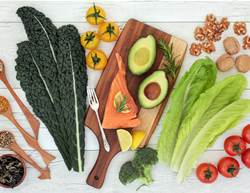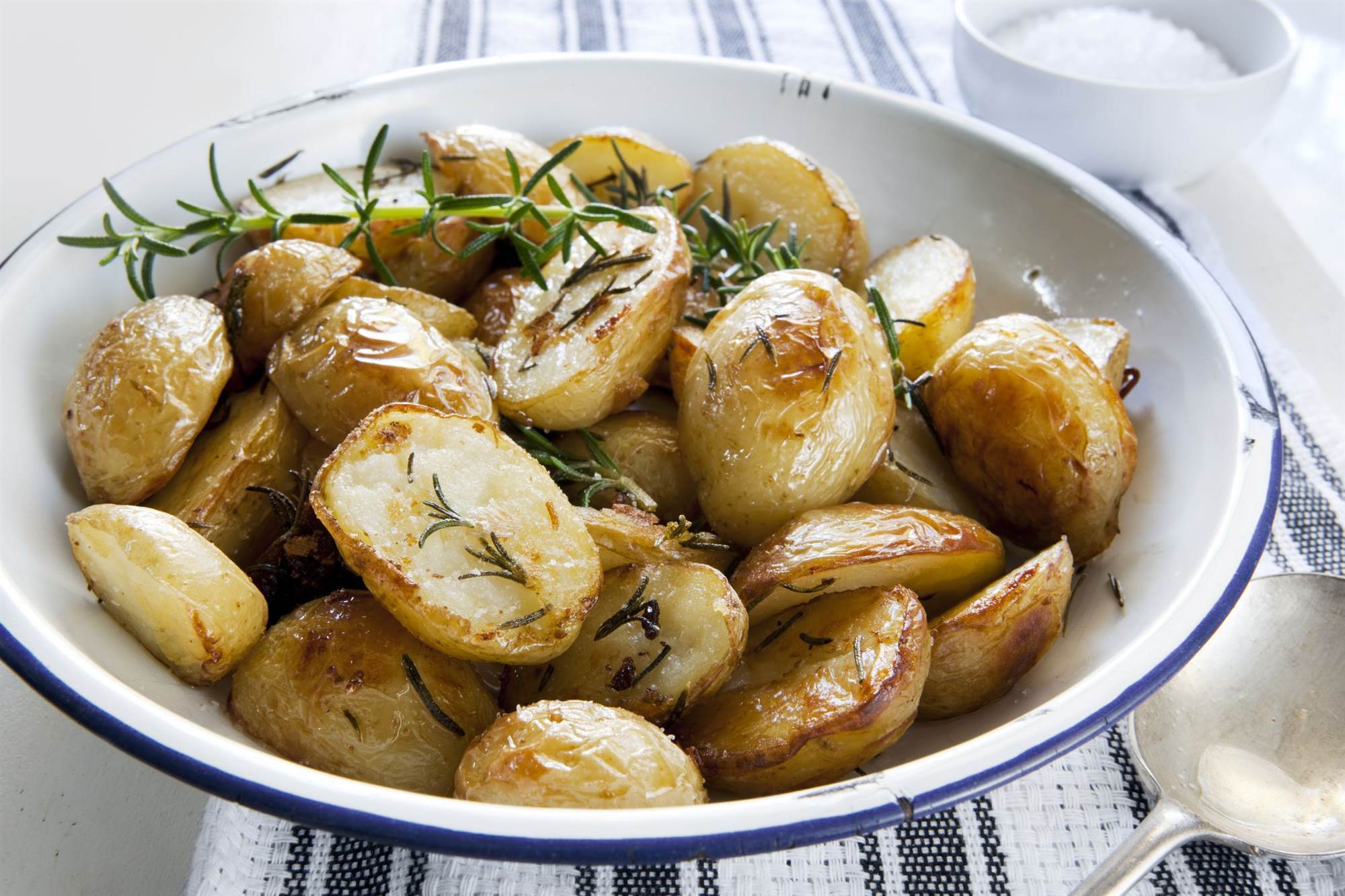



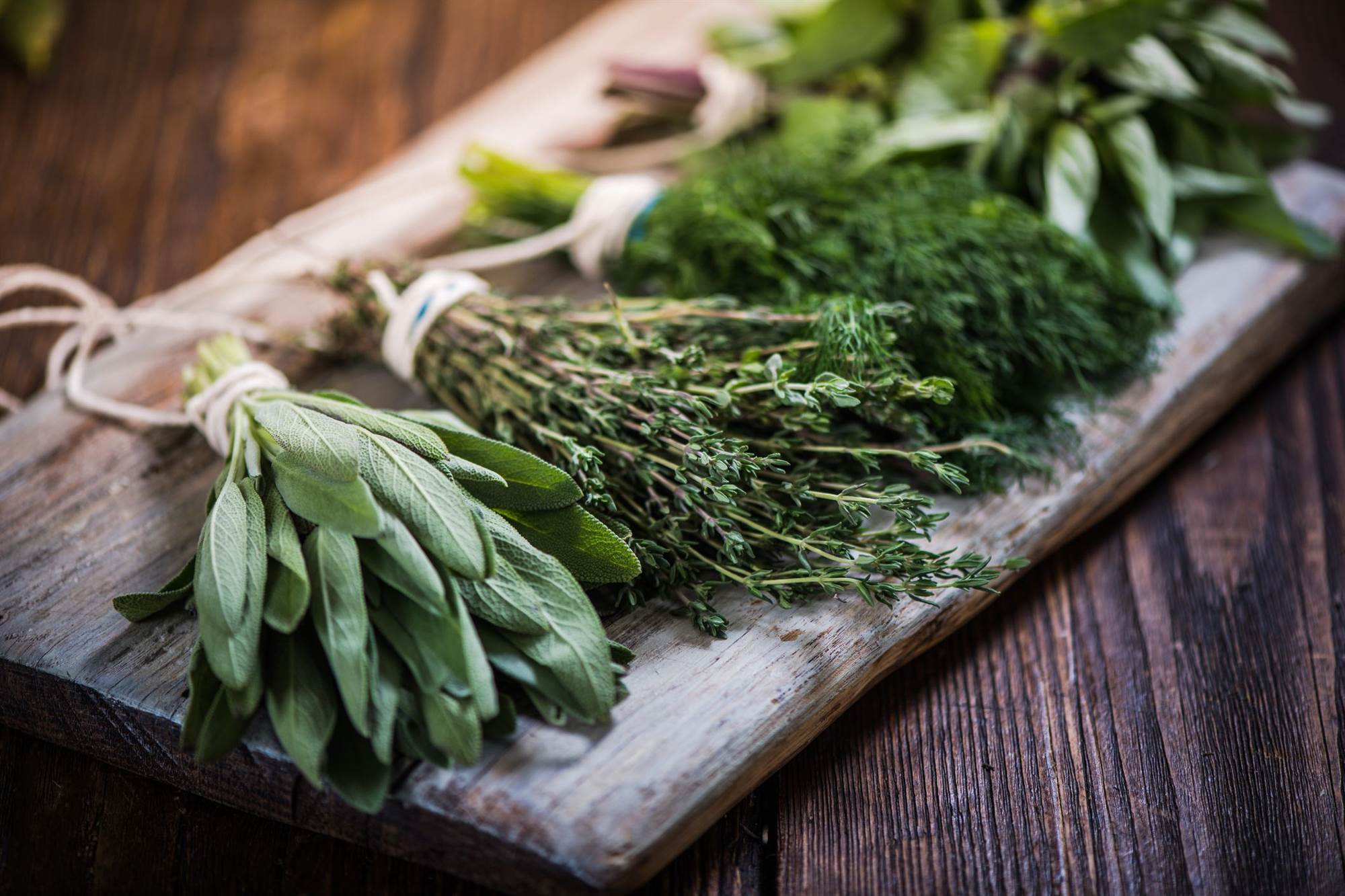
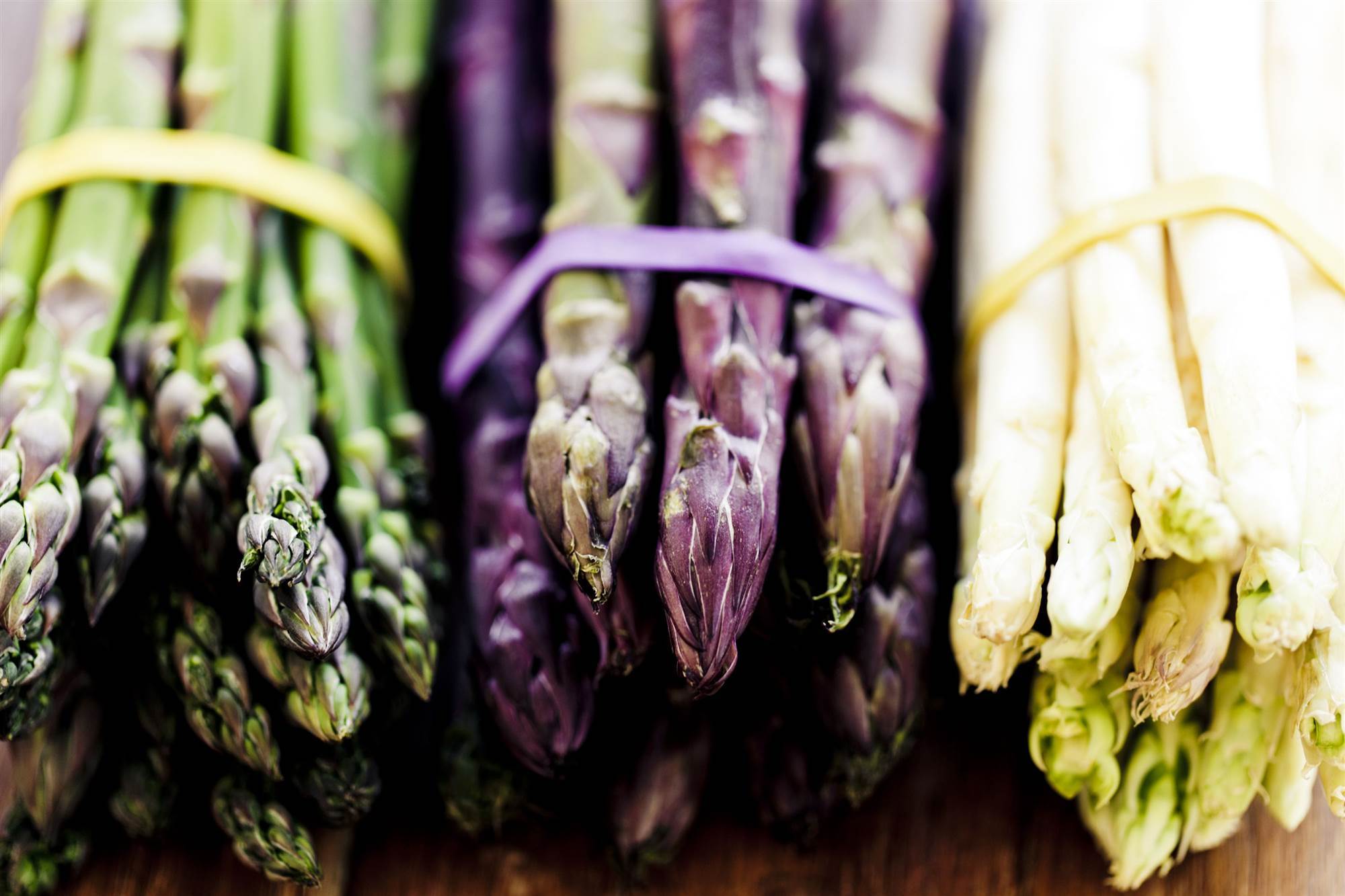

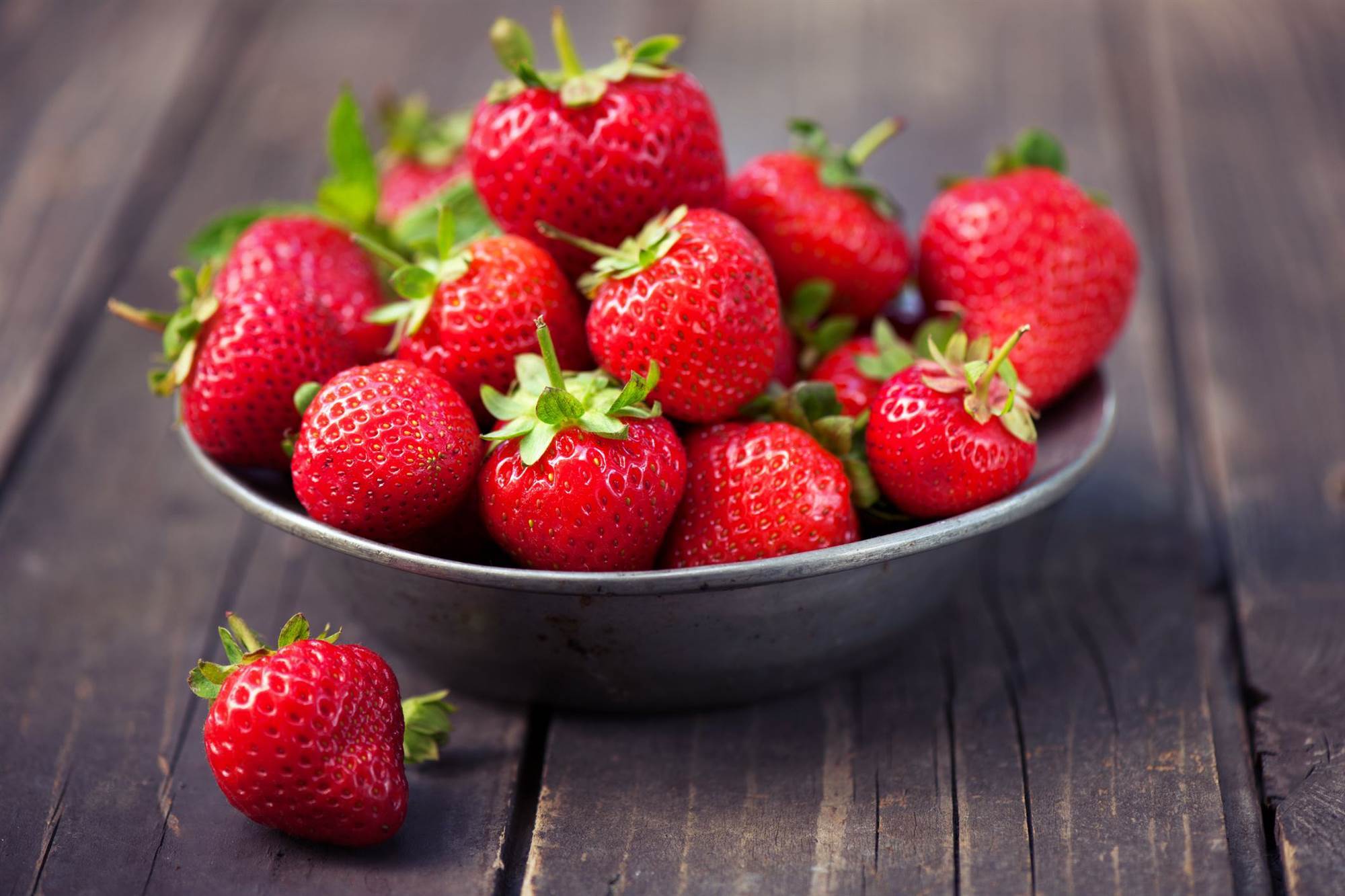
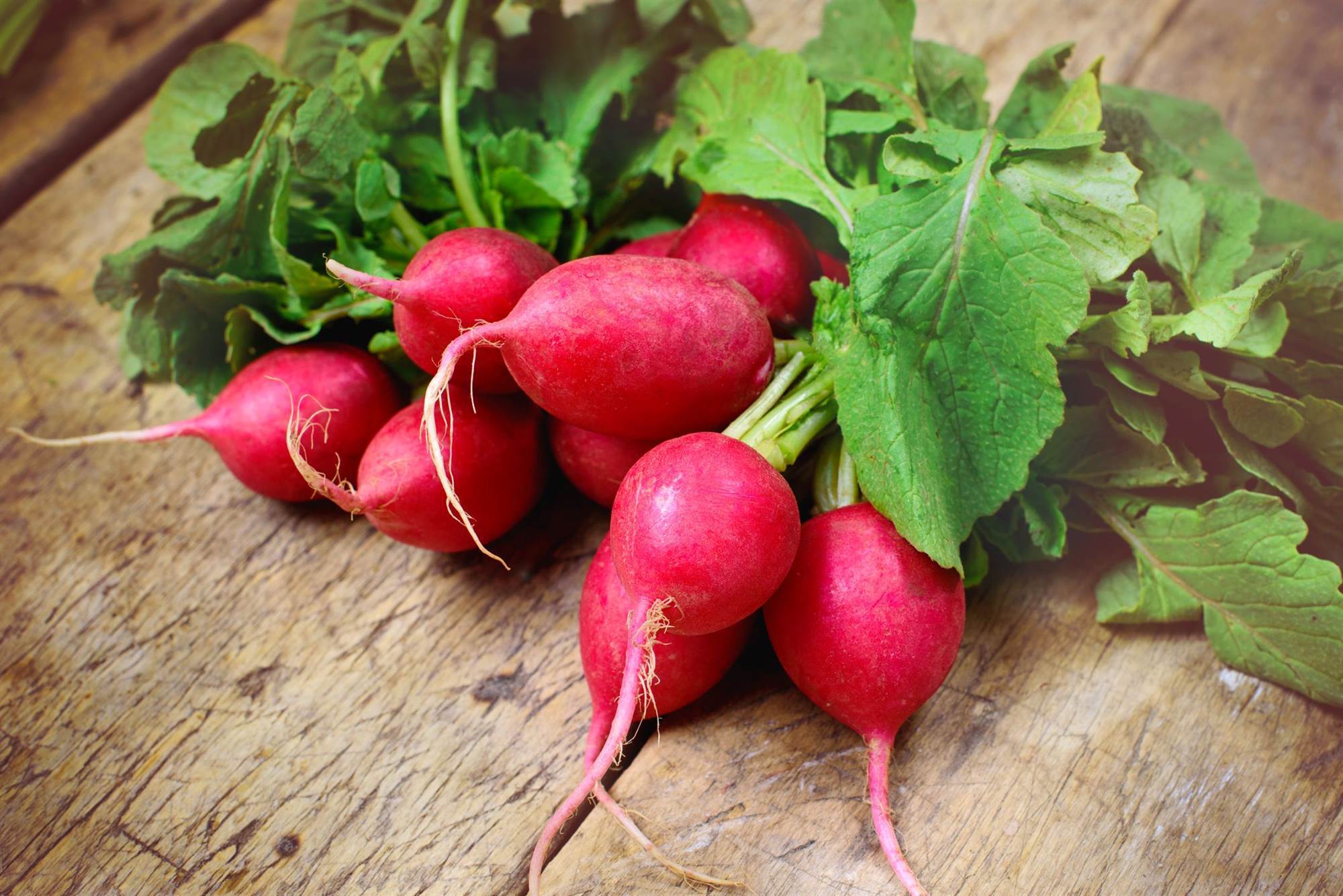
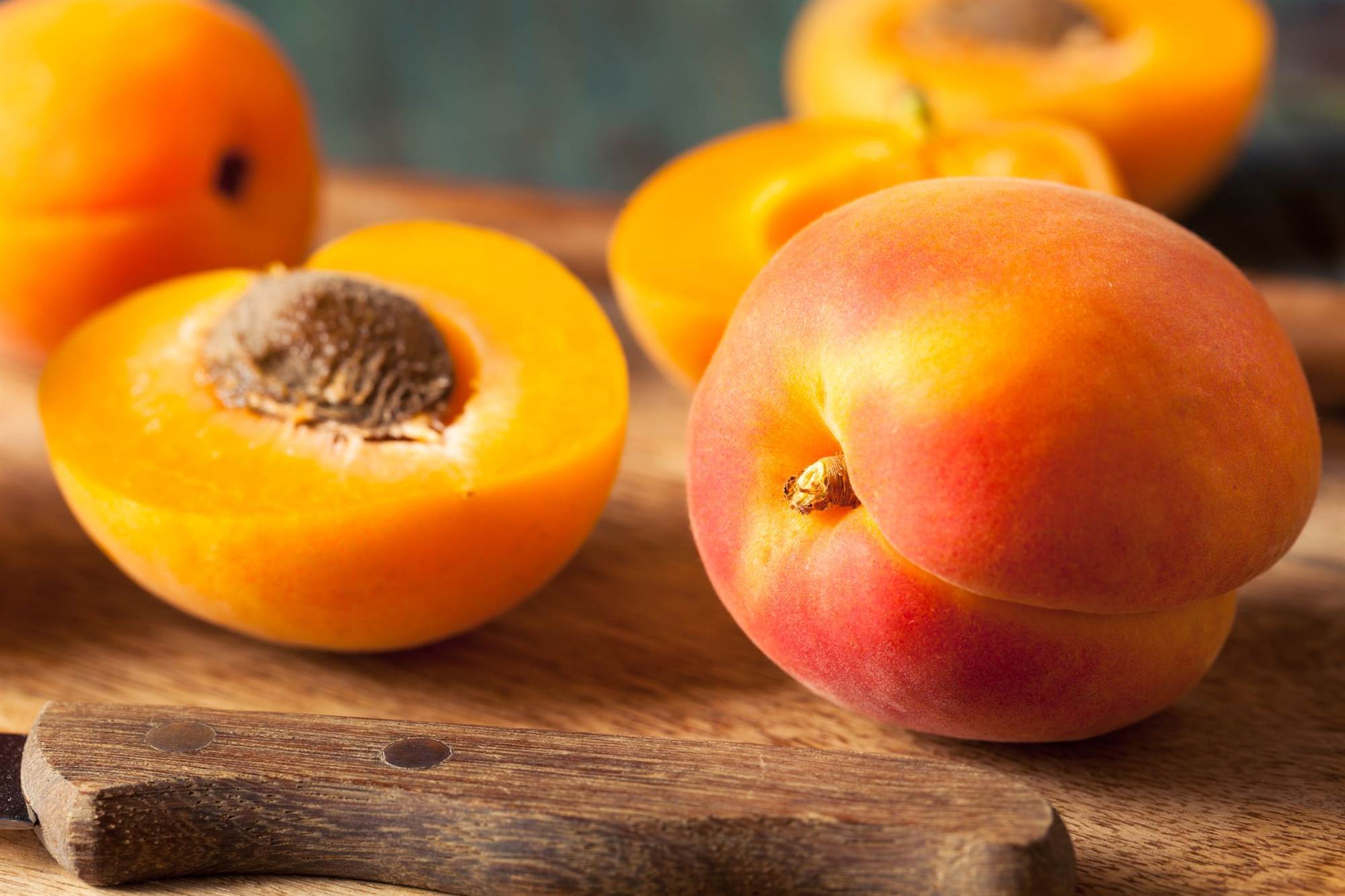




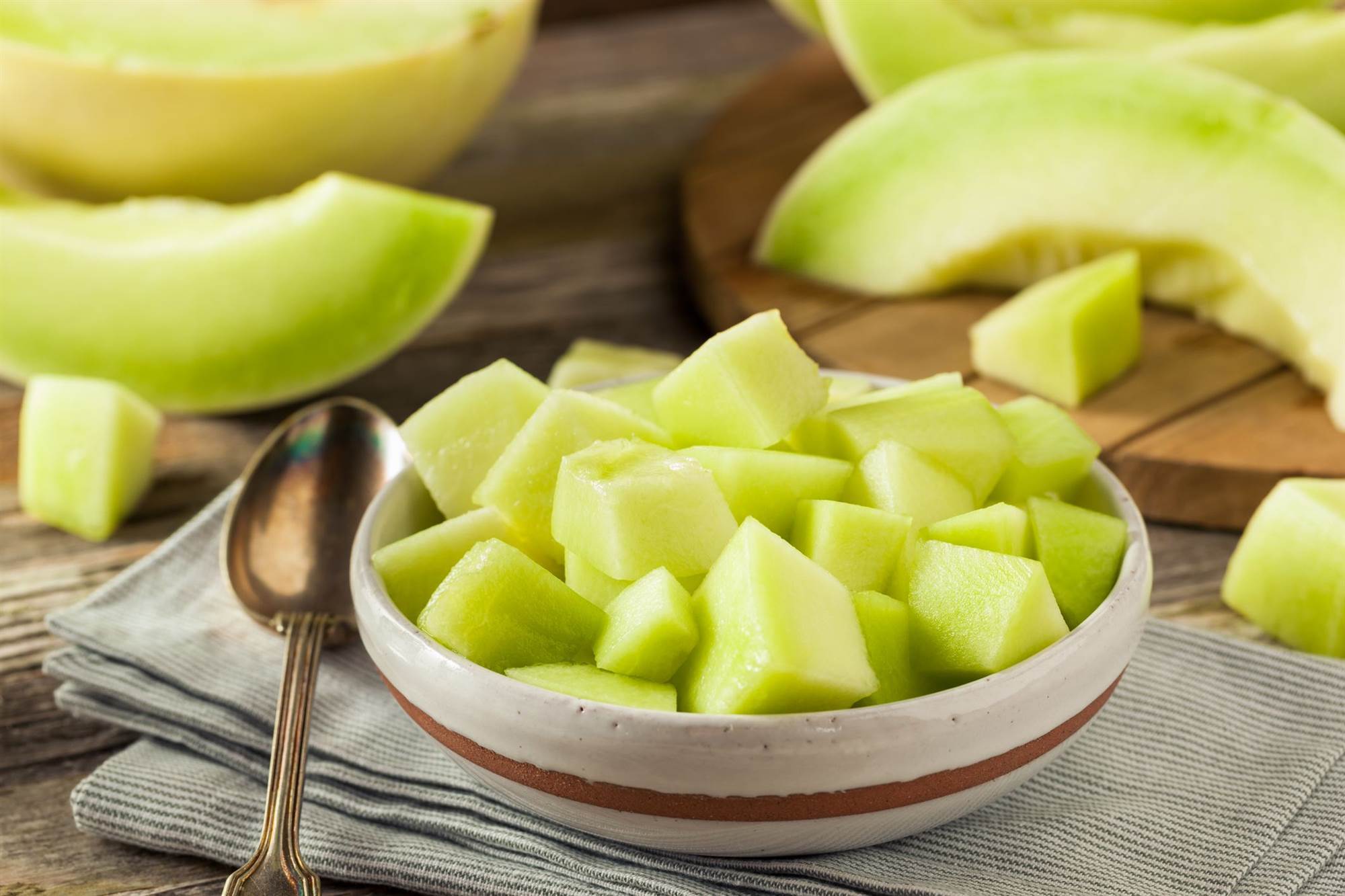
©Getty Images
New potatoes
New potatoes are rich in water and fibre (you’ll get nearly 4 grams in just one medium veggie), making spring’s waxy spuds a surprisingly good slim-down food. In fact, research shows that boiled potatoes top the list of the most filling foods you can eat.
Try this: Roast ‘em with olive oil and spices, boil and mash them, or boil them, let them cool, and then add a few to a watercress salad topped with grilled salmon, sugar snap peas and your favourite vinaigrette.
©Getty Images
Peas
Considered both a legume and a vegetable, green peas pack nearly 8 grams of filling fibre per cup. Fresh peas are at their seasonal peak right now, but you can get the same benefits from frozen ones year-round.
Try this: Add peas to soups, grain dishes, or serve our sautéed peas, bacon, and onions side dish with a baked chicken or turkey.
©Getty Images
Artichoke Hearts
Like peas, artichoke hearts are packed with 8 grams of belly-filling fibre per cup. They're also good sources of magnesium and vitamin C, a nutrient that may lower coronary heart disease risk, research shows.
Try this: Try adding steamed or roasted artichoke hearts to a salad, or pureeing them into a dip with white beans, olive oil and lemon juice.
©Getty Images
Baby spinach
Water-rich foods tend to be lower in calories and ultra-filling - and baby spinach is no exception: You can eat 3 cups for just 80kJs.
Try this: Build salads on a bed of the leafy green, add it to omelets and sandwiches, or chop it up and mix it with Greek yogurt, feta, and minced basil to make a protein-rich spinach dip.
©Getty Images
Fresh herbs
Leafy green herbs like parsley, basil, coriander, chives, and tarragon pack tonnes of fresh, spring-like flavour for hardly any extra kilojoules. (They’re mostly water, after all!) Plus, they make it easy to cut back on salt, which can leave you feeling bloated and heavy, explains dietitian Stephanie Ferrari.
Try this: Make a slimming spring salad with baby spinach, fresh mint, cubed watermelon, crumbled feta, and grilled chicken or baked tofu. Top with extra virgin olive oil, lime juice, salt, and pepper to take the flavour profile to the next level.
©Getty Images
Asparagus
These springy stalks provide 3 grams of fibre per cup for just 110kjs. They’re also a solid source of iron, serving up 16 percent of the daily recommended intake in a single cup. Skimping on the mineral can make you tired and groggy, and make it more difficult for your body to fight off germs and infections. So go ahead and dig in!
Try this: Bored with the usual steamed or sautéed asparagus? Try shaving raw asparagus stalks with a vegetable peeler to make noodle-like strands and toss with your favorite vinaigrette for a fresh side salad.
©Getty Images
Fennel
Thanks to its high water content, a cup of sliced fennel will cost you just 110 kilojoules. Some findings also suggest that fennel boasts diuretic properties. So if you’ve eaten a lot of salty foods and want to de-bloat, it can’t hurt to add some of this licorice-flavored veggie to your plate, Ferrari says.
©Getty Images
Strawberries
Afternoon sugar craving? Try snacking on strawberries. A cup of sliced strawberries has just 220kJs per cup, along with 3 grams of satiating fibre. And they’re at their sweetest and most flavourful between April and June.
Try this: Top them with a dollop of plain Greek yogurt for a protein boost, or top a slice of whole grain toast with almond butter, sliced strawberries, and chia seeds, for a healthy play on almond butter and jam, Smith suggests.
©Getty Images
Radishes
Reach for these hot pink orbs when you have the urge to snack on something crunchy. Radishes have a high water content, so they’re crazy low in calories - just 49kJs per sliced cup.
Try this: Us this vitamin C-rich veggie as a dipper for hummus or guacamole instead of the usual pita wedges or tortilla chips, Goodson suggests.
©Getty Images
Apricots
They’re another sweet spring fruit that can zap sugar cravings without breaking the kilojoule bank. You can eat a whole cup of water-rich apricot segments for just 310kJs, and you’ll also consume more than 3 grams of fibre.
Try this: Nosh on the fruit plain as an easy on-the-go snack or blend a cup of them with a ½ cup of cold water, a ½ cup of hulled strawberries and a ½ cup of frozen pineapple for a refreshing smoothie.
©Getty Images
Fava beans
Like peas, these lima-like beans pack a whopping 9 grams fibre per cup - along with 13 grams of protein. And when it comes to slimming down, that combo packs a serious punch. “Protein and fibre help slow down digestion, helping you get full faster and stay full longer,” Goodson says.
©Getty Images
Ramps
You can eat half a cup of these leek-like veggies for just 65kJs. “Veggies and herbs like ramps fill you up before they fill you out. That’s the name of the game in weight loss,” Ferrari says. Better yet, they’ve got a pungent, garlicky taste that will load your meal up with serious flavor.
Try this: Enjoy grilled or sautéed ramps (AKA spring onions) as a simple side dish, fold them into frittatas, or use them as a topper for homemade pizza.
©Getty Images
Spring lettuces
Butter and red leaf lettuce are available year-round, but they’re at their sweetest and most tender in the spring. Since they’re mostly water, you can fill a big bowl for hardly any kilojoules (around 10 in 2 ½ cups).
Try this: Sick of salad? Use large leaves as fajita wrappers instead of tortillas, or roll leaves with a slice of turkey or cheese for a quick snack, Goodson suggests. On chilly spring days, you can even try wilting chopped lettuce leaves in brothy soups.
©Getty Images
Watercress
Like lettuce, you can load up on water-rich watercress for very few kilojoules. (Think: 33kJs for 2 cups chopped.) Another reason to eat your fill: Watercress is a nutritional powerhouse, packing vitamin A, vitamin C, calcium and folic acid. That’s good news, since cutting kilojoules to lose weight can sometimes make it tougher to meet your nutrient needs, Ferrari says.
©Getty Images
Honeydew
This mint-green melon is one of the first to hit the markets when the weather warms up. And because melons have so much water, they’re some of the most weight-loss friendly fruits you can eat. A whole cup of diced honeydew is just 255kJs. Talk about a seriously sweet treat!
Try this: Nibble on the fruit as a snack, combine it with other seasonal stars like strawberries and apricots to make a filling fruit salad.








